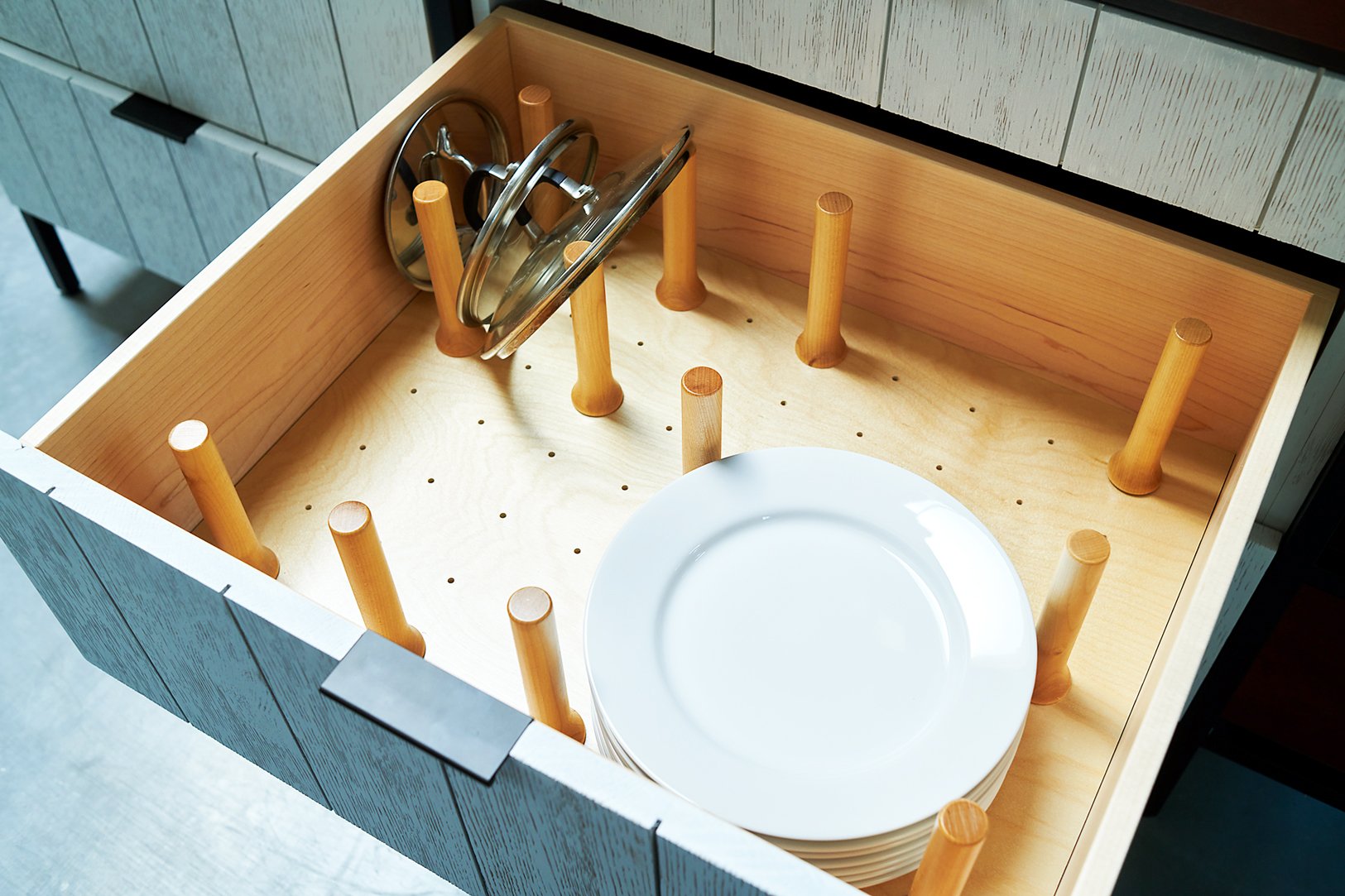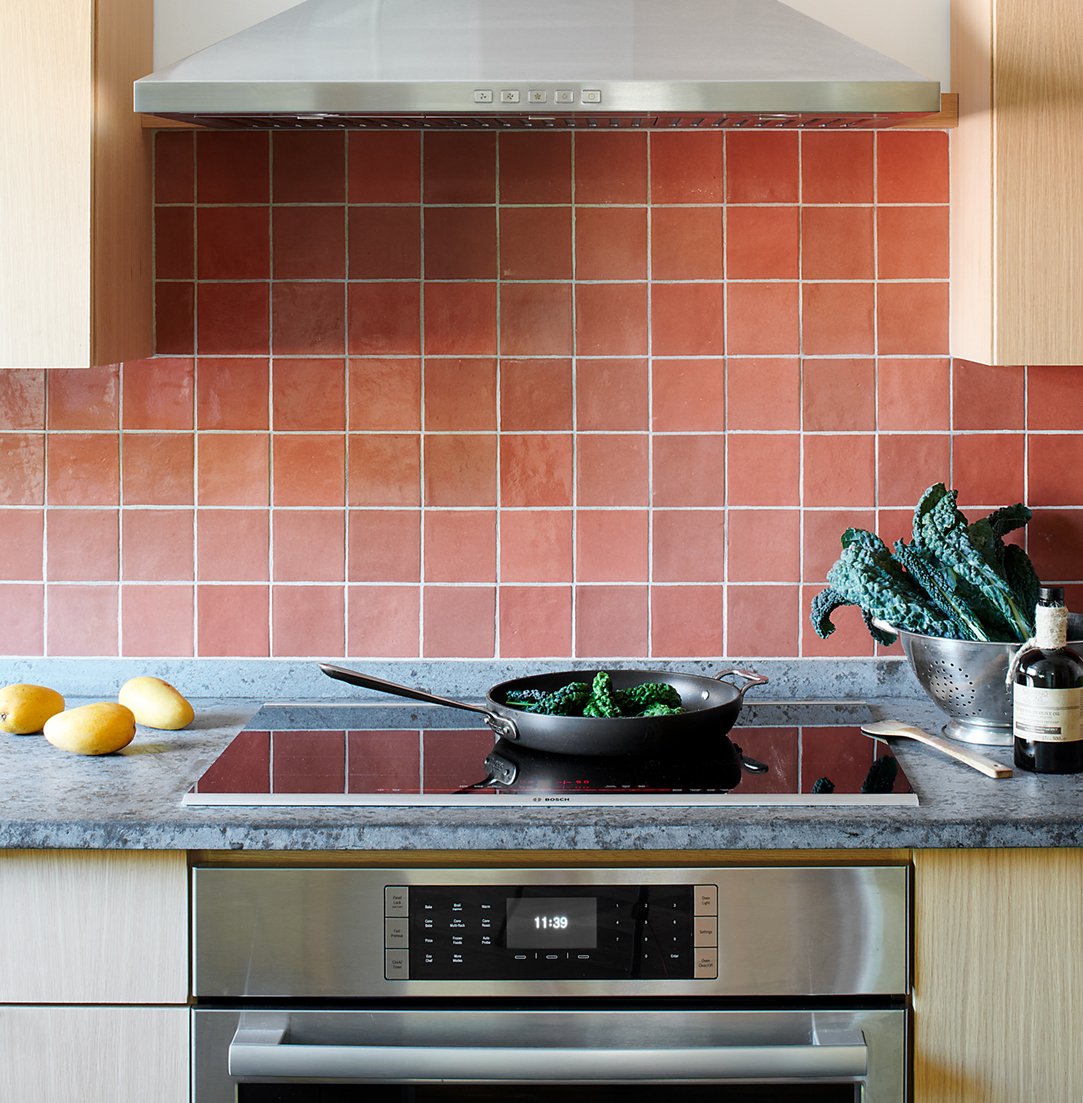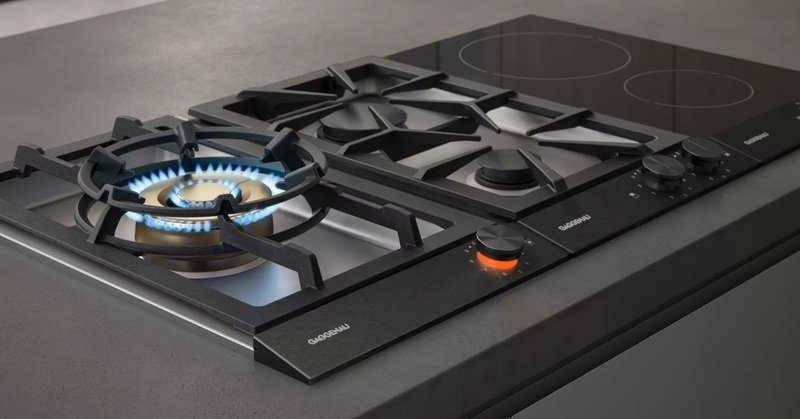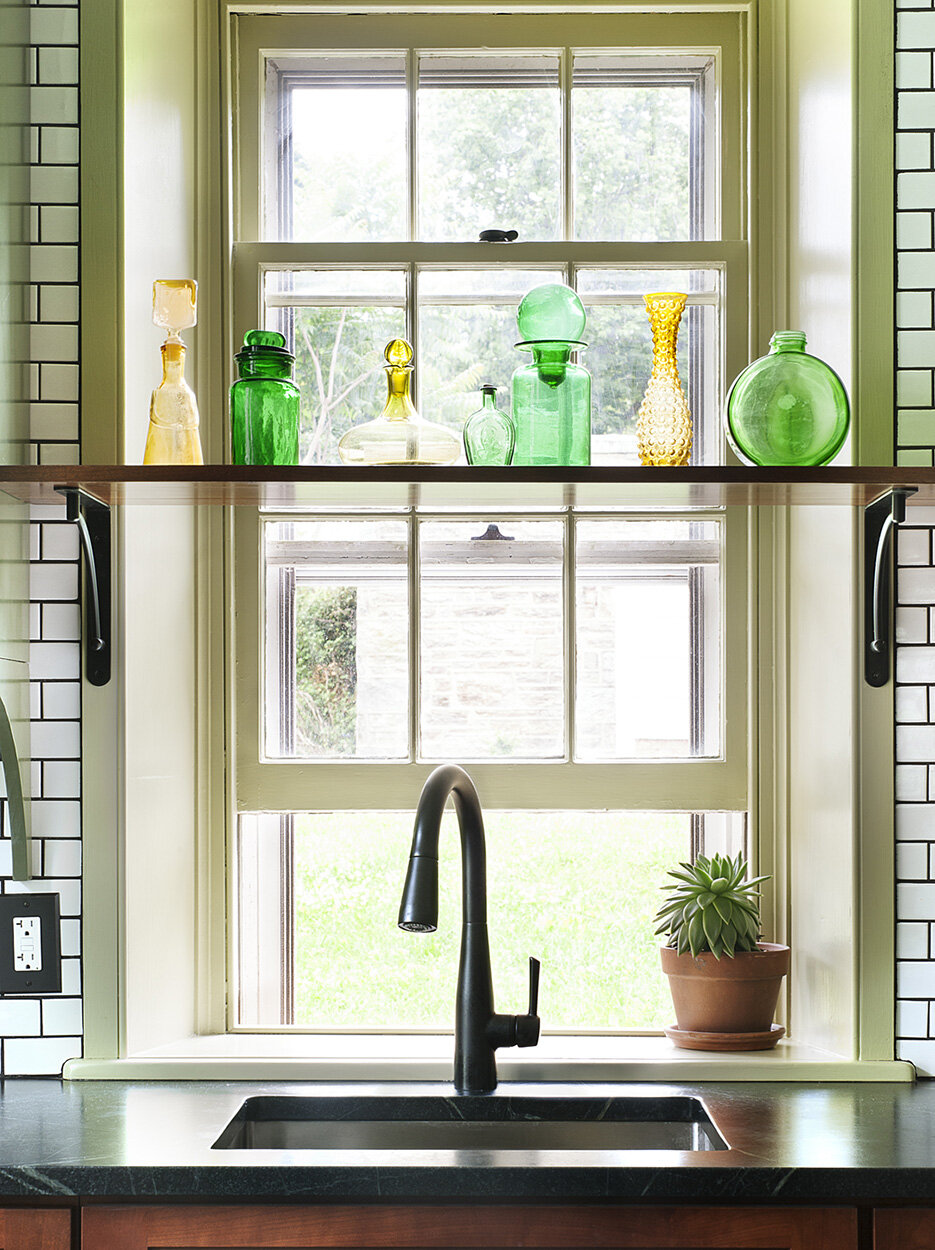Technology has permeated every aspect of our lives, transforming the way we communicate, work, and even cook. The once humble kitchen has evolved into a playground for innovation and creativity, where cutting-edge technology is revolutionizing the way we prepare and enjoy our meals. From smart appliances to advanced cooking techniques, the marriage of technology and culinary artistry has unlocked a whole new world of possibilities. In this blog post, we will consider "Technology in the Kitchen" and explore how it is reshaping the way we approach cooking, communication, and interior design.
Smart Appliances for Smarter Cooking
Gone are the days when a stove and a refrigerator were the primary tools of a kitchen. Today, we are witnessing the rise of intelligent appliances that not only simplify our culinary endeavors but also enhance our cooking experience. From smart refrigerators that keep track of our inventory and suggest recipes based on available ingredients to Wi-Fi-enabled ovens that can be controlled remotely, technology has taken kitchen appliances to the next level. Imagine preheating your oven while still at work or receiving alerts when your food is cooked to perfection—all thanks to the power of connectivity and smart technology. Here are the five most popular tech features in appliances:
Precision Cooking: Elevating everyday chefs
In the pursuit of culinary excellence, precision cooking techniques have taken center stage, aided by the advancements in technology. From induction cooktops that offer precise temperature control to convection ovens with advanced airflow systems for even baking, the modern kitchen is equipped with an arsenal of tools that enable home cooks to achieve remarkable results. Furthermore, innovative devices like combination ovens, which combine the functionalities of steam, microwave, and convection cooking, have become more accessible, allowing culinary enthusiasts to effortlessly create dishes with unparalleled textures and flavors. With technology as their ally, aspiring chefs can explore a myriad of cooking techniques, including low-temperature cooking, pressure cooking, sous vide, and air frying, all of which elevate the art of cooking to astonishing new heights.
Click here to see more of this colorful kitchen.


































